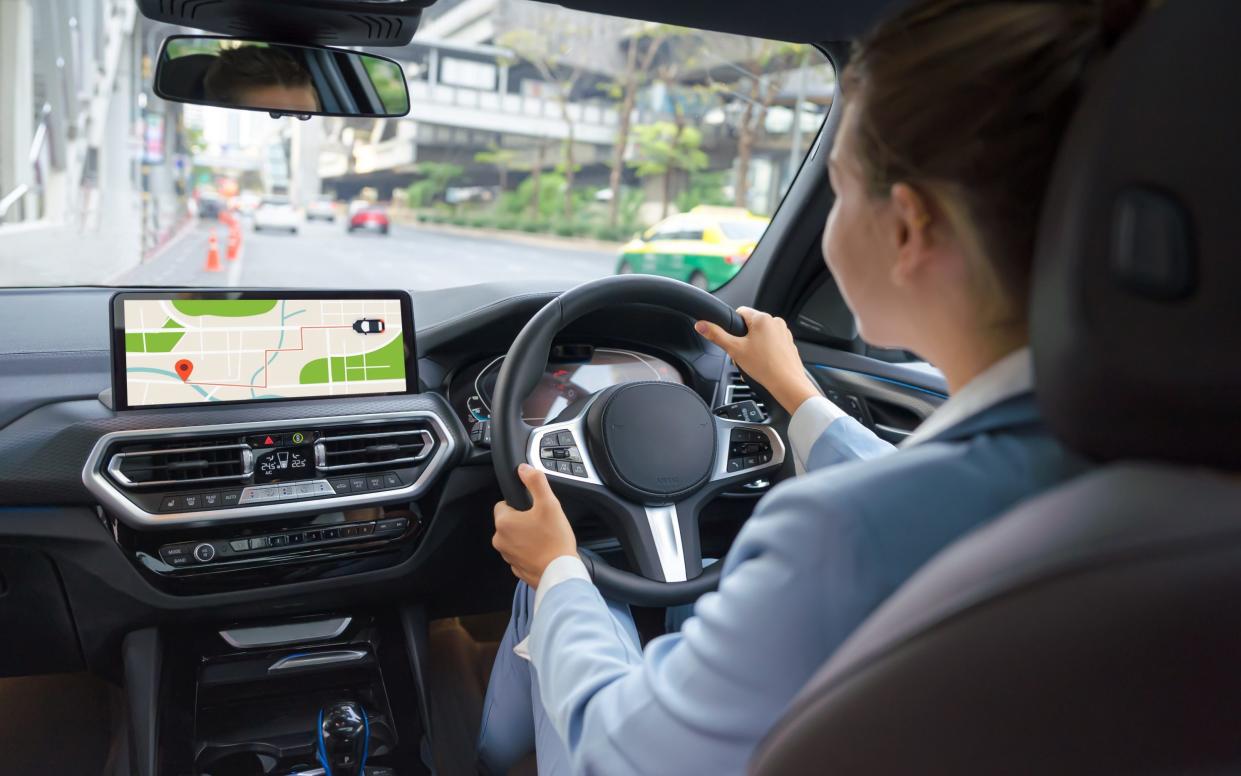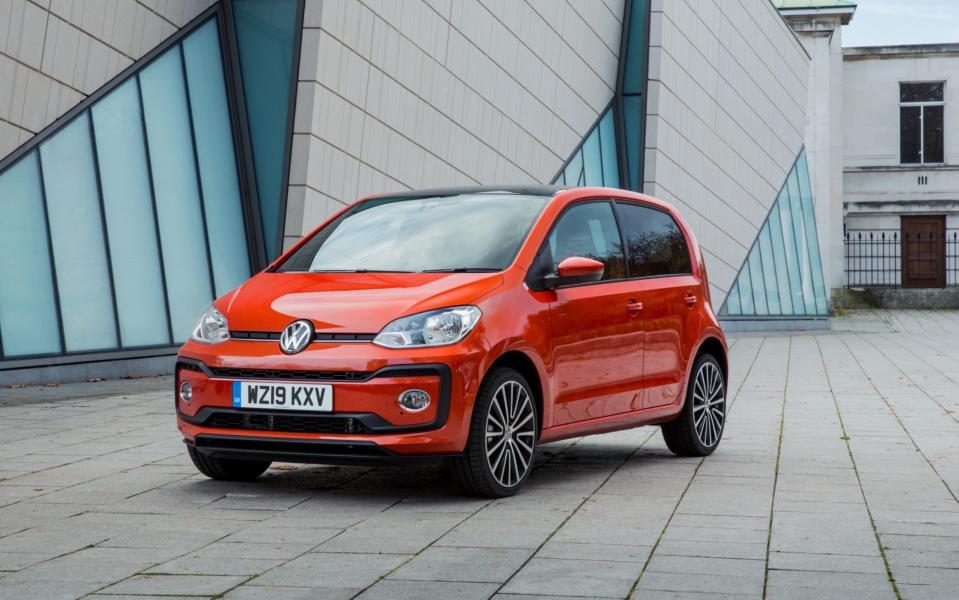Nine ways young drivers can cut their car insurance costs

Young drivers face extortionate insurance premiums of more than £2,000, with costs almost doubling in the space of a year.
The premiums – which are even higher for young motorists with automatic vehicles – mean car insurance now represents 66pc of total running costs for those aged under 25, according to Compare the Market.
Here, Telegraph Money delves into the ways young drivers can cut the cost of their insurance, and not be priced out from hitting the road.
Consider having a black box fitted
Fitted inside the car, black boxes monitor journey information such as acceleration, braking, speed and cornering, and factor these in to decide how “safe” a driver you are. Insurance companies can access this information, and often give safer drivers a discount.
Telematics car insurance policies were able to save 18 to 24-year-olds an average of £75 on their insurance premium in 2023, according to comparison site QuoteZone. Discounts vary from insurer to insurer and some savings could be more significant, for example Adrian Flux, an insurance brokerage, says young drivers could save up to 60pc by fitting a telematics system.
Many policies used to have a curfew, and punished drivers for using their car at night, but most have moved away from this model.
Getting a black box installed does not guarantee lower costs, however. The record of your driving habits could also increase your premium at renewal if you drive carelessly.
What’s more, if you share your car, be aware that all other drivers’ behaviour will be recorded by the box.
Add a named driver
Adding a more experienced driver to your policy can reduce your annual premium.
You can make use of a parent’s good insurance record to help lower costs, for example – but beware, adding someone who has recently made an insurance claim could increase your quote.
There is no one rule for how named drivers impact premiums, and each insurer will have different pricing methods. The named driver should only drive the vehicle occasionally, so don’t be tempted to try to add an older driver as the primary driver of a younger person’s car – this is known as “fronting” as it is considered a type of fraud.
Choose your car wisely
The type of car is a vital component when trying to keep car insurance premiums low. Insurance costs tend to be lower if you drive a standard car with a small engine (under 1,000cc) until you’ve built up some no claims bonus and have shown a safe driving record.
Cars are grouped in categories from one to 50, based on how expensive they are to insure, with “one” being the cheapest.
A few features can mean higher insurance prices. Firstly, avoid cars with modifications, as they can push up the price of insurance.
Opting for an automatic can also mean a pumped up premium for automatic drivers as they are deemed less skilled drivers, and gearbox repair costs can be higher. Automatic drivers will struggle to find appealing insurance quotes, but opting for a smaller engine car will help.

Last year, Admiral listed the cheapest cars for new drivers to insure. The cheapest was the Peugeot 107 at an average of £552, followed by the Citroen C1, Fiat Panda, Volkswagen up! and Volkswagen Fox.
Go fully comprehensive
The general belief among much of the population is that opting for third-party cover, the minimum requirement for insurance coverage, will lower the premium price.
However, this isn’t necessarily the case, and the price of third-party cover has been pushed up in recent years.
In fact, going fully comprehensive now can prove to be cheaper. QuoteZone calculates that drivers aged 21 or younger save an average of 11pc by opting for a fully comprehensive policy rather than third-party.
By opting for comprehensive cover there’s the added upside that if you are in an accident, your vehicle will be covered if it is damaged.
Third-party coverage only includes the cost of damage you cause to other cars, people or property – any damage to your own car, or yourself, won’t be covered.
Get a dashcam
Dashboard cameras are becoming increasingly popular, so give some thought to making the investment if you haven’t already, as they can reduce your premium.
Leoni Moninska, car insurance expert at Uswitch, said: “Some insurance providers now offer an automatic discount if your car has an approved dashcam.”
While you can expect to spend around £200 on a standard dashcam, it could save you money in the long run by providing evidence after an accident.
Ms Moninska added: “If you are unable to prove you were not at fault in an accident, you may lose your no-claims discount, and face a price hike at renewal time.”
Think about increasing your excess
The excess is the sum of money you’ll have to pay when you make a car insurance claim; if your claim is accepted, the insurer will cover costs exceeding the excess.
If you keep the excess low, say at £100, it can mean you’ll pay more for your policy, as the insurer will be on the hook for a larger payout should you make a claim. Therefore, opting for a higher voluntary excess is a simple way to save money in the short term.
The crucial thing to bear in mind is whether you’ll be able to pay off a higher excess should you need to.
Consider reducing your annual mileage
When you apply for a car insurance policy, you’ll need to estimate the number of miles you drive each year. So, if you don’t drive often and have overestimated your mileage in the past, you could stand to save some money by picking a smaller distance.
Generally, an insurer will view those who drive less as being lower risk – as there are fewer chances of having an accident.
It is, however, important not to underestimate your mileage limit you’ve specified on your car insurance documents as doing so could invalidate your policy altogether.
Infrequent motorists could save by taking out a “pay-as-you-go” insurance policy, which tracks how many miles you drive via a telematic system.
Pay your policy in a lump sum
Paying in instalments may look appealing from the outset, but it comes at a price. Insurers treat this option as a high interest loan, adding interest to the annual lump sum, which makes the cost significantly more expensive overall.
Settling the cost upfront (if you can afford to do so), could mean the premium works out around 20pc cheaper – or possibly even more, depending on your provider.
If you don’t have the cash to hand, but do have a good credit rating, then it may be worth using a 0pc purchase credit card to buy the annual insurance.
Shop around for the best price
Vising price comparison sites has become a key step to finding the best quote.
It’s good practice to visit a couple and tinker with your requirements to find the best price that suits you. It’s also a good idea to check out certain firms that don’t appear on these sites – such as Direct Line and NFU Mutual.

